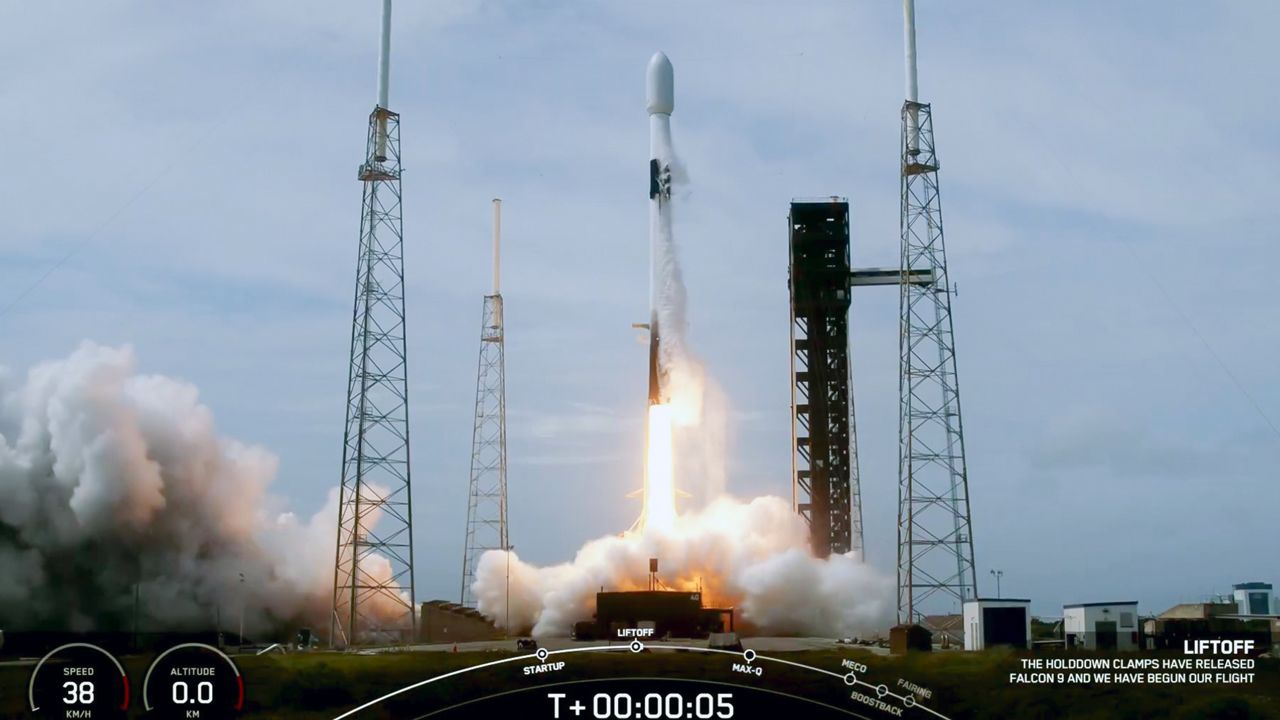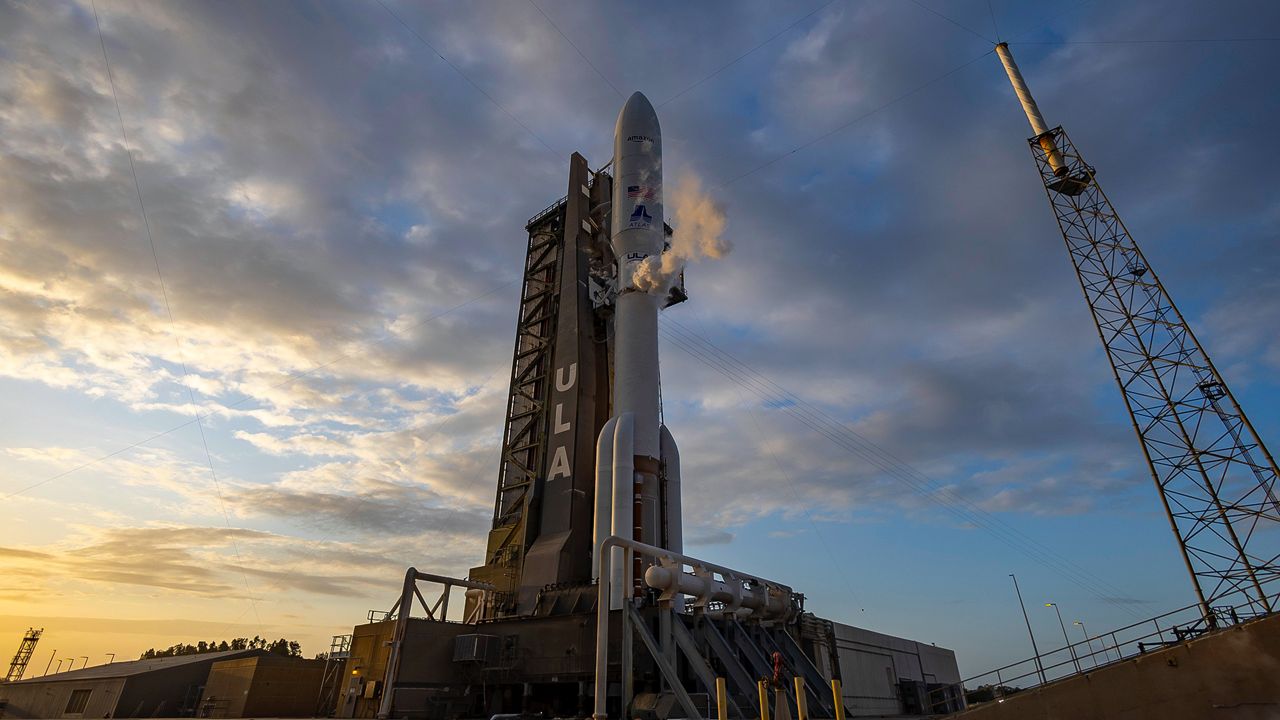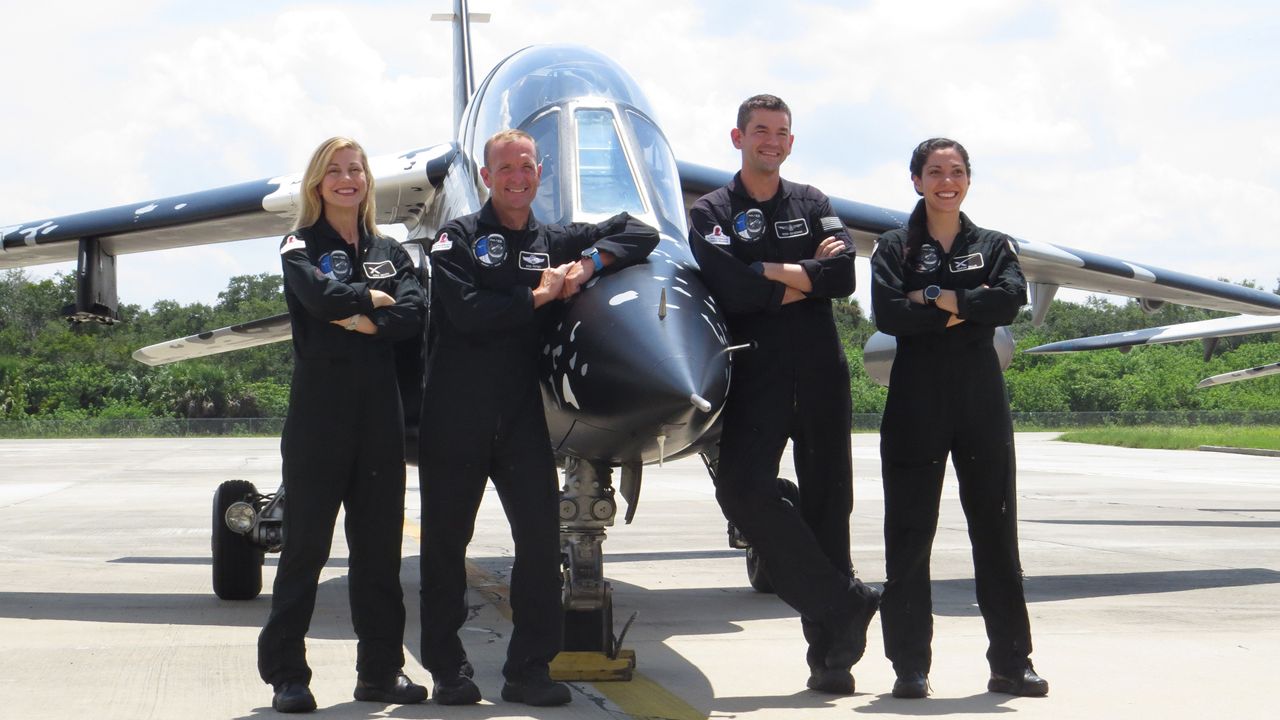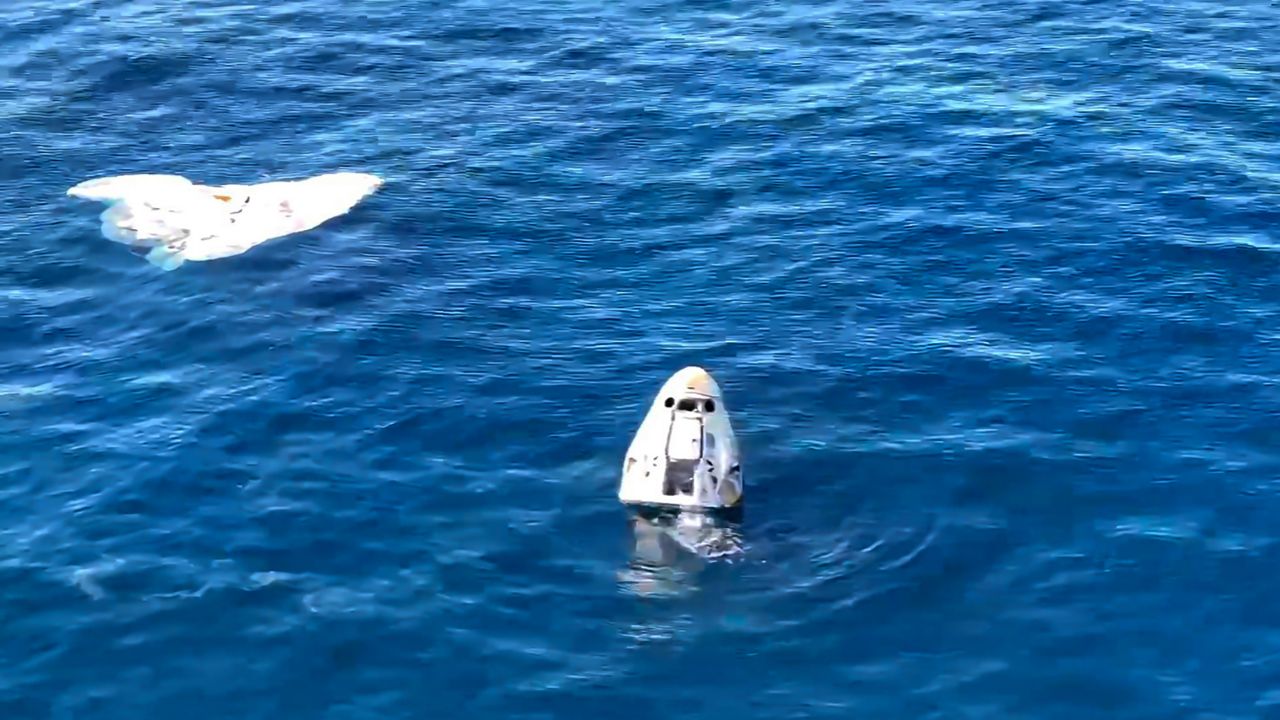CAPE CANAVERAL SPACE FORCE STATION — Things looked a bit uncertain as meteorologists were eying Tropical Storm Debby, but SpaceX was able to launch NASA’s Northrop Grumman’s 21st commercial resupply mission on Sunday.
The mission was scrubbed Saturday due to weather concerns.
What You Need To Know
- SpaceX’s Falcon 9 rocket will be sending up Northrop Grumman’s Cygnus spacecraft
- This is NASA’s Northrop Grumman’s 21st commercial resupply mission
- NG-21 resupply mission will send more than 8,000 pounds of supplies to the International Space
Liftoff of Falcon 9 and Cygnus! pic.twitter.com/zLq45t41pw
— SpaceX (@SpaceX) August 4, 2024
During the instantaneous launch, SpaceX’s Falcon 9 rocket left with NG-21 resupply mission from Space Launch Complex 40 at Cape Canaveral Space Force Station at 11:02 a.m. ET, stated SpaceX.
The spacecraft is carrying more than 8,200 pounds of supplies and experiments.
The weather forecast was a bit iffy, with SpaceX posting on social media that there was a 35% chance of good liftoff conditions. Which was better than what the 45th Weather Squadron gave the day before with a 10% chance.
The mission was supposed to be launched on Saturday at 11:29 a.m. ET, but NASA announced on X, formerly Twitter, that the SpaceX launch of the Northrop Grumman’s Cygnus spacecraft to the International Space Station was scrubbed due to poor weather.
Today's @SpaceX launch of a @NorthropGrumman #Cygnus cargo mission to the @Space_Station has been scrubbed due to weather. Teams are targeting no earlier than 11:02am EDT (1502 UTC), Sunday, Aug. 4 for the next launch opportunity: https://t.co/KFDb5wqipF pic.twitter.com/KKqILEnTi6
— NASA (@NASA) August 3, 2024
The 45th Weather Squadron did call for a 50% chance of good liftoff conditions for Saturday’s launch, with all eyes on the tropical storm.
The squadron stated weather experts were monitoring the storm system because of its uncertainty and stated the constraints against the launch were: Cumulus cloud rule, surface electric fields rule and thick cloud layers rule.
The reasons against the Sunday launch were: Cumulus cloud, thick cloud layers and surface winds rules.
Going up
The Falcon 9 for this mission, B1080, will be hitting double digits with this launch. It already has nine under its belt, with the first-stage booster having some outstanding missions, including two crewed launches.
- ESA’s Euclid telescope
- Ax-2 crew mission
- Starlink 6-11 mission
- Starlink 6-24 mission
- Ax-3 crew mission
- CRS-30 mission
- Starlink 6-52 mission
- Starlink 6-62 mission
- ASTRA 1P
After the stage separation, the first-stage rocket landed at Landing Zone 1 at Cape Canaveral Space Force Station. The sonic boom was heard from miles around, even in the outskirts of downtown Orlando.
Falcon 9’s first stage has landed at LZ-1 pic.twitter.com/ePEmKmQTb5
— SpaceX (@SpaceX) August 4, 2024
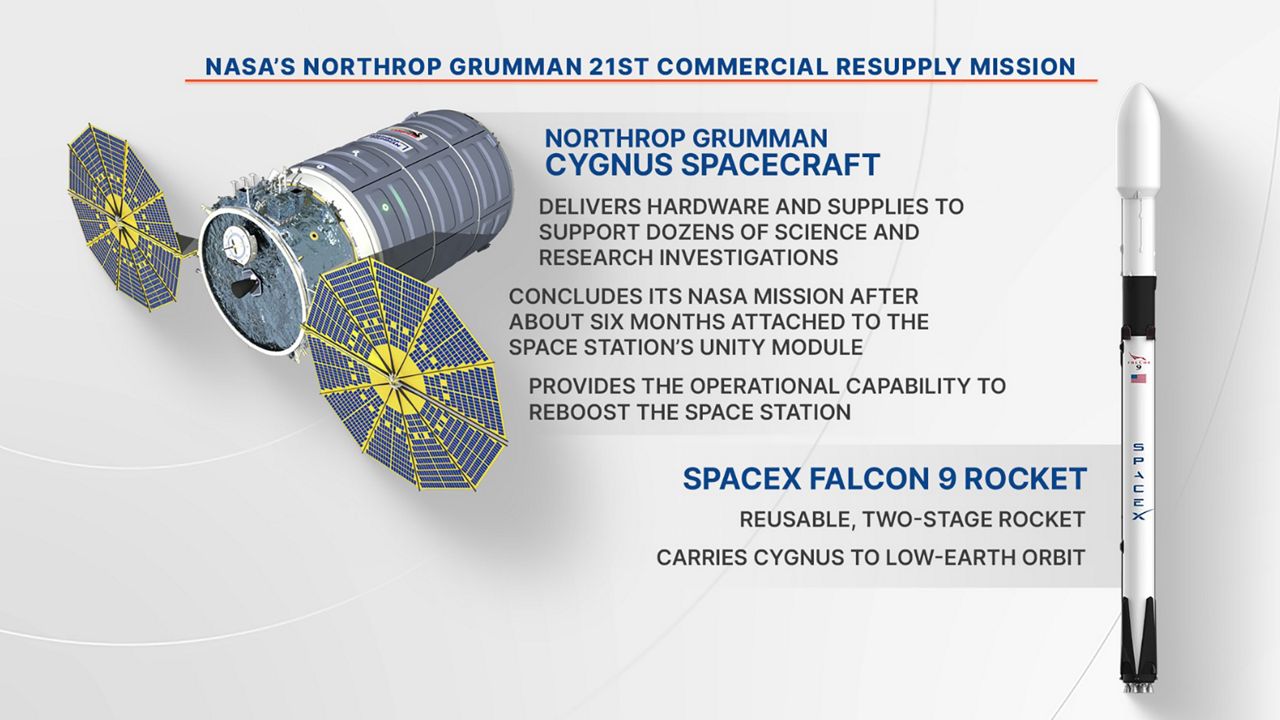
About the mission
This is NASA’s Northrop Grumman’s 21st commercial resupply mission. It will carry more than 8,200 pounds of supplies and experiments, stated the U.S. space agency.
But it is not just supplies it is bringing up. NASA described the spacecraft will be sending up experiments as well for the U.S space agency and its international partners.
“Flying aboard the company’s Cygnus spacecraft are tests of water recovery technology and a process to produce stem cells in microgravity, studies of the effects of spaceflight on microorganism DNA and liver tissue growth, and live science demonstrations for students,” NASA stated.
The micro-organism DNA test, called Rotifer-B2, is an investigation by the European Space Agency.
Microscopic bdelloid rotifer can withstand higher doses of radiation, more than 100 times, than human cells can.
These micro-organisms have been dried and given high radiation doses before leaving Earth and once on the space station, they will be rehydrated and cultured in an incubator.
“Previous research indicates that rotifers repair their DNA in space with the same efficiency as on Earth, but that research provided only genetic data,” stated Boris Hespeels, co-investigator, of Belgium’s Laboratory of Evolutionary Genetics and Ecology in a press release. “This experiment will provide the first visual proof of survival and reproduction during spaceflight.”
Another experiment is to test technology to create certain steam cells called human hematopoietic stem cells.
The purpose of this experiment is to help provide therapies for people with various diseases of the blood, autoimmune disorders, and cancers.
“Someone in the United States is diagnosed with a blood cancer such as leukemia about every three minutes. Treating these patients with transplanted stem cells requires a donor-recipient match and long-term repopulation of transplanted stem cells. This investigation demonstrates whether expanding stem cells in microgravity could generate far more continuously renewing stem cells,” NASA stated.




